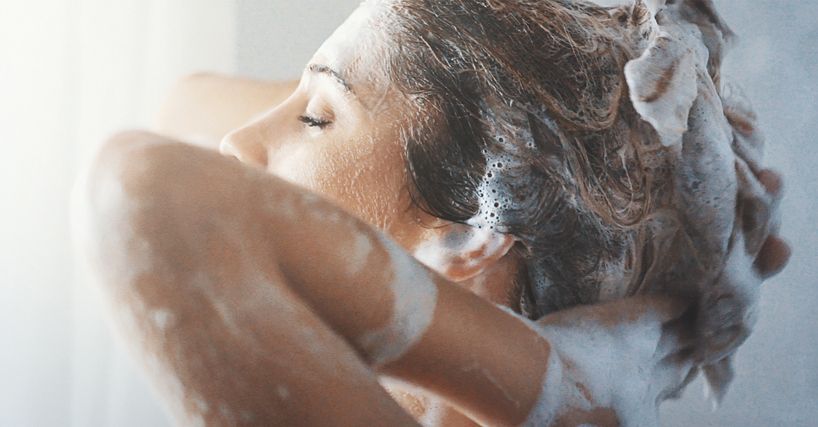
Book Now to Experience
Acne Treatment
1 Minute Self-Registration
Date should not be before minimal date
Author: Natalie Ng|28 April 2025
You wake up and notice new breakouts that weren’t there yesterday. Your skin feels irritated, maybe oilier than usual, and you’re wondering — why is my skin breaking out all of a sudden? Sudden acne breakouts can happen for a lot of reasons. Your hormone levels might have shifted, triggering your sebaceous glands to produce too much sebum. You might be under more stress, eating differently, or using skin products that clog pores. Friction from masks or even oily hair products can also cause or worsen acne, especially if you already have acne prone skin. Whether you’re dealing with adult acne, hormonal acne, or cystic acne, the sudden flare-up is usually tied to something that’s changed — even if it’s small. It could be something in your routine, the weather, your diet, or even your makeup brushes not being clean enough. Understanding what’s behind your breakouts is the first step to treating them. In the next sections, we’ll walk through the most common triggers that cause acne and how to treat acne effectively — especially if you’re noticing more severe acne, acne scars, or breakouts across your forehead, nose, and chin. Keep reading to figure out what might be causing your skin issues and what you can do to keep your skin clear.

1
Hormonal Changes and Imbalances
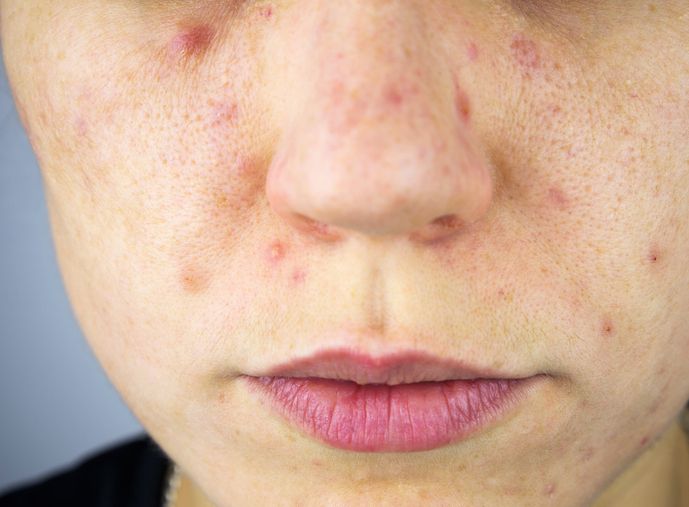
When Hormonal Acne Usually Appears
Why Hormonal Acne Happens
How to Manage Hormonal Breakouts

2
Stress and Sleep Disruptions
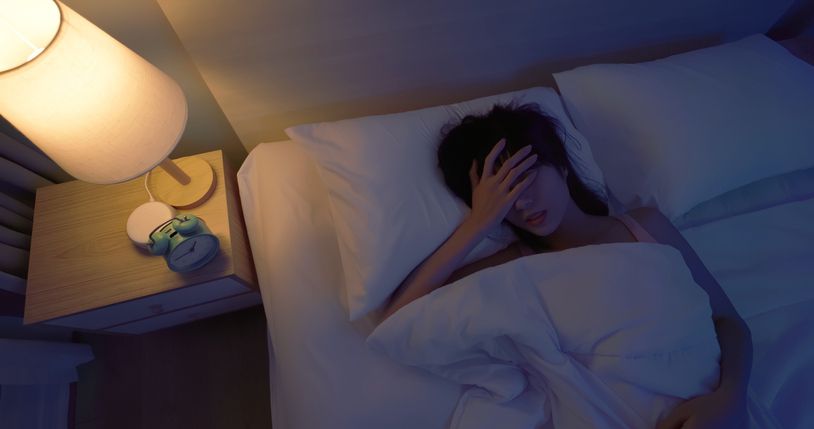
How Cortisol Affects Your Skin
Sleep Quality and Acne Flare Ups
How to Manage Stress-Related Acne
Read More

3
Diet and Nutrition Impact

How Food Affects Oil and Hormones
What to Eat for Clearer Skin
Other Factors That Interact With Diet

4
Environmental Factors and Weather Changes
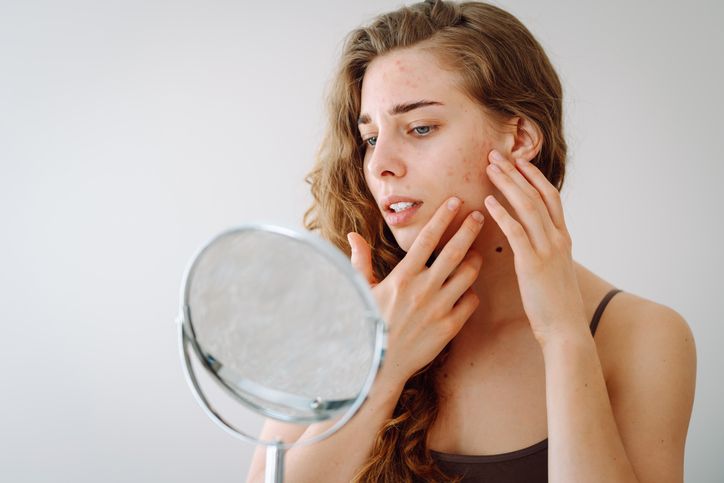
Humidity and Seasonal Changes
Pollution and UV Exposure

Book Now to Experience
Acne Treatment
1 Minute Self-Registration
Date should not be before minimal date

5
Hidden Ingredients in Skincare Products
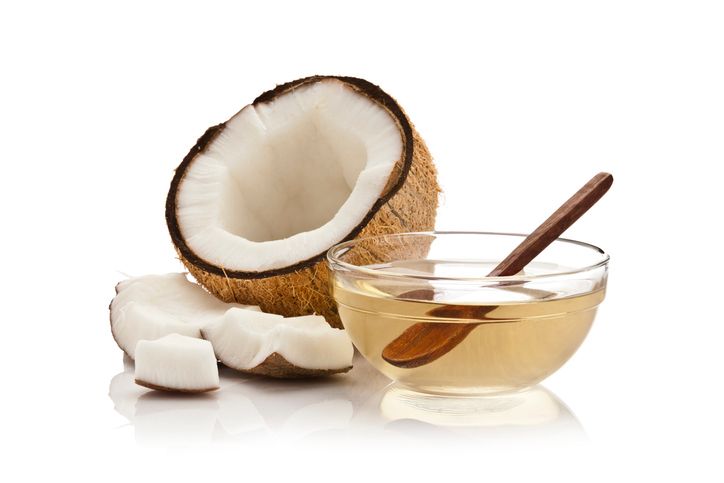
Common Ingredients That Can Clog Pores
Irritating Additives That Worsen Acne
How to Choose the Right Products

6
Mask-Wearing and Friction Effects
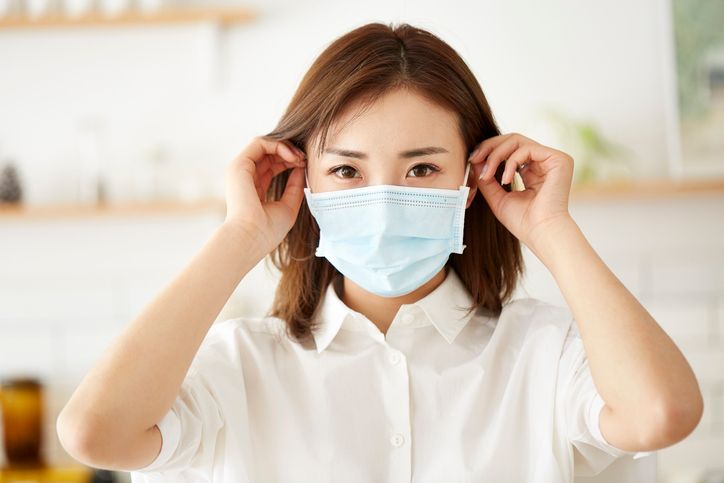
How Friction Triggers Breakouts
How to Prevent Breakouts From Mask Use

7
A Targeted Acne Treatment That Helps Clear Breakouts
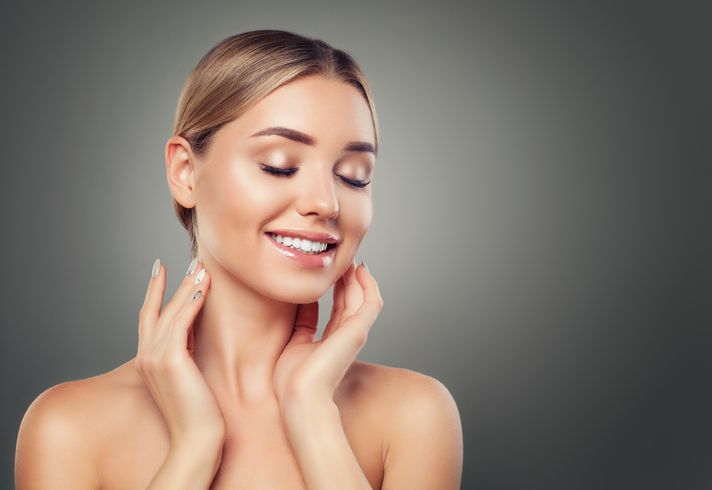
How the Acne Treatment Works
Why This Treatment Helps With Breakouts
Key Benefits
FAQ
Can Certain Medications Cause Sudden Acne Breakouts?
Certain medications can trigger sudden acne flare-ups. You'll find that common culprits include steroids, hormonal medications, lithium, and some antidepressants. These drugs can disrupt your skin's natural balance by increasing oil production, altering hormone levels, or causing inflammation. If you've noticed breakouts after starting a new medication, consult your healthcare provider about potential alternatives that won't compromise your skin's clarity.
How Long Does It Usually Take for Acne Breakouts to Clear Up?
The time it takes for acne to clear up varies depending on several factors, including the type and severity of your breakout. You'll typically see mild acne resolve within 4-6 weeks with proper treatment, while moderate to severe cases might take 2-3 months. If you're using over-the-counter treatments, you'll need to be consistent with your skincare routine, and prescription medications often require 6-8 weeks to show significant improvement.
Does Working Out or Excessive Sweating Contribute to Sudden Skin Breakouts?
Like a greenhouse trapping heat, sweat during workouts can create the perfect environment for acne. When you exercise, your sweat mixes with bacteria, dead skin cells, and oils on your skin's surface, potentially clogging your pores. You'll notice breakouts, especially if you don't cleanse properly after working out. To prevent this, wear moisture-wicking clothes, cleanse your face immediately after exercise, and avoid touching your face during workouts.
Are There Specific Fabrics That Can Trigger Sudden Acne Breakouts?
Yes, certain fabrics can trigger sudden acne breakouts. You'll want to avoid synthetic materials like polyester and nylon, which trap sweat and bacteria against your skin. Instead, opt for breathable, natural fabrics like cotton, bamboo, or silk, especially for items that come in direct contact with acne-prone areas. If you're exercising, moisture-wicking athletic wear can help prevent breakouts by drawing sweat away from your skin.
Can Hard Water or Changes in Water Quality Cause Skin Breakouts?
Hard water can definitely trigger skin breakouts because it contains high levels of minerals like calcium and magnesium that can clog your pores and disrupt your skin's natural pH balance. You'll notice these effects when you move to a new area or if your local water supply changes. To combat this, consider installing a water softener, using a filtered showerhead, or applying a moisturizer right after washing to protect your skin's barrier.

Book Now to Experience
Acne Treatment
1 Minute Self-Registration
Date should not be before minimal date
Recommended Articles
COPYRIGHT© NEW BEAUTY MANAGEMENT LIMITED 2025. ALL RIGHT RESERVED.

